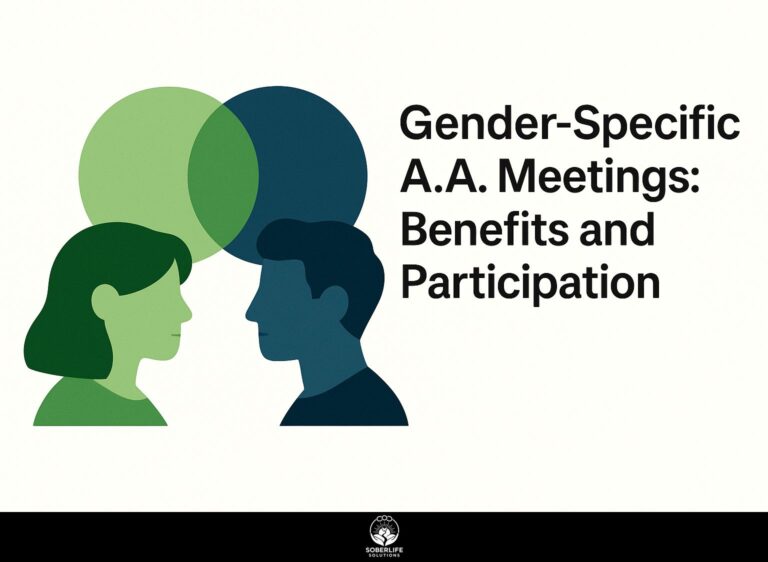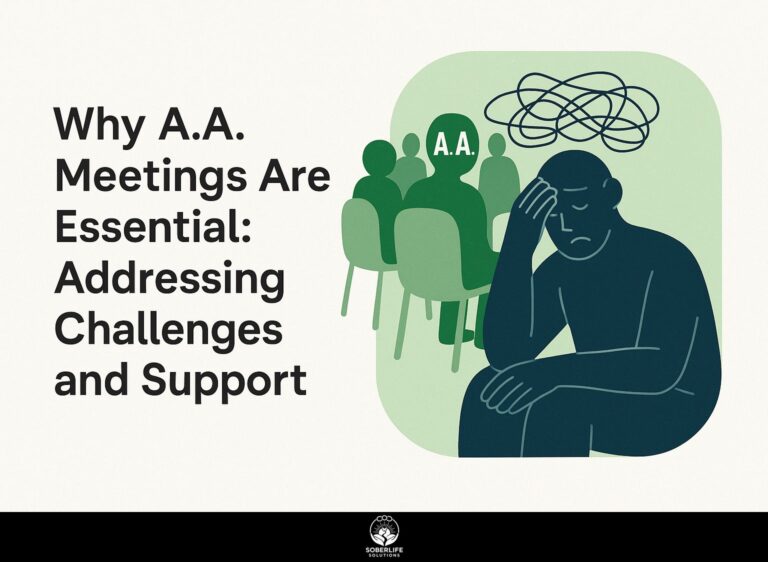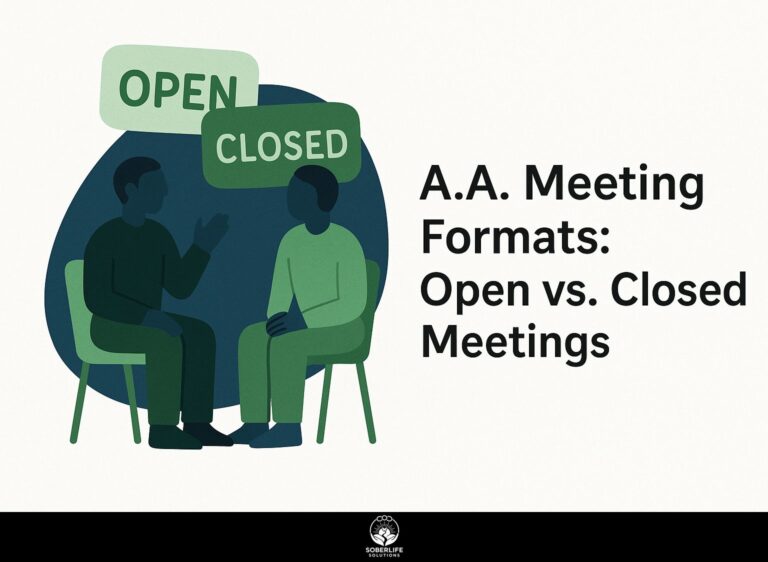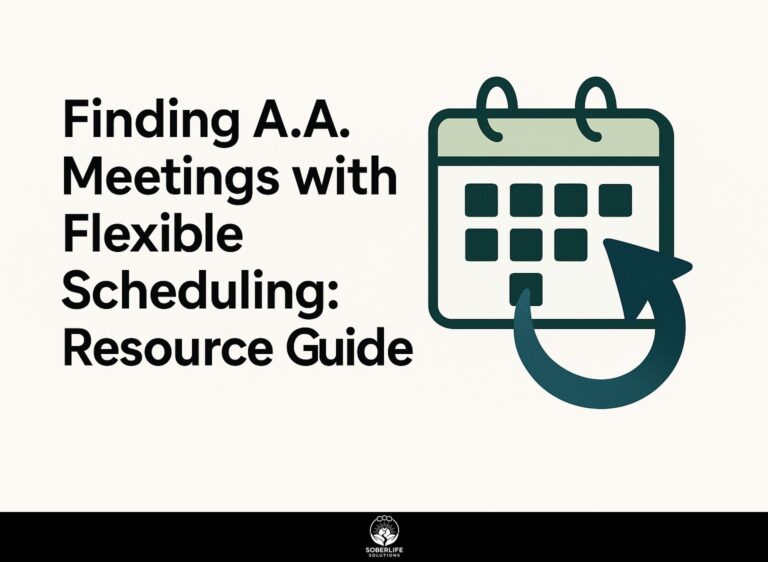Big Book, Etc. Discussion Groups: Definition and Locations
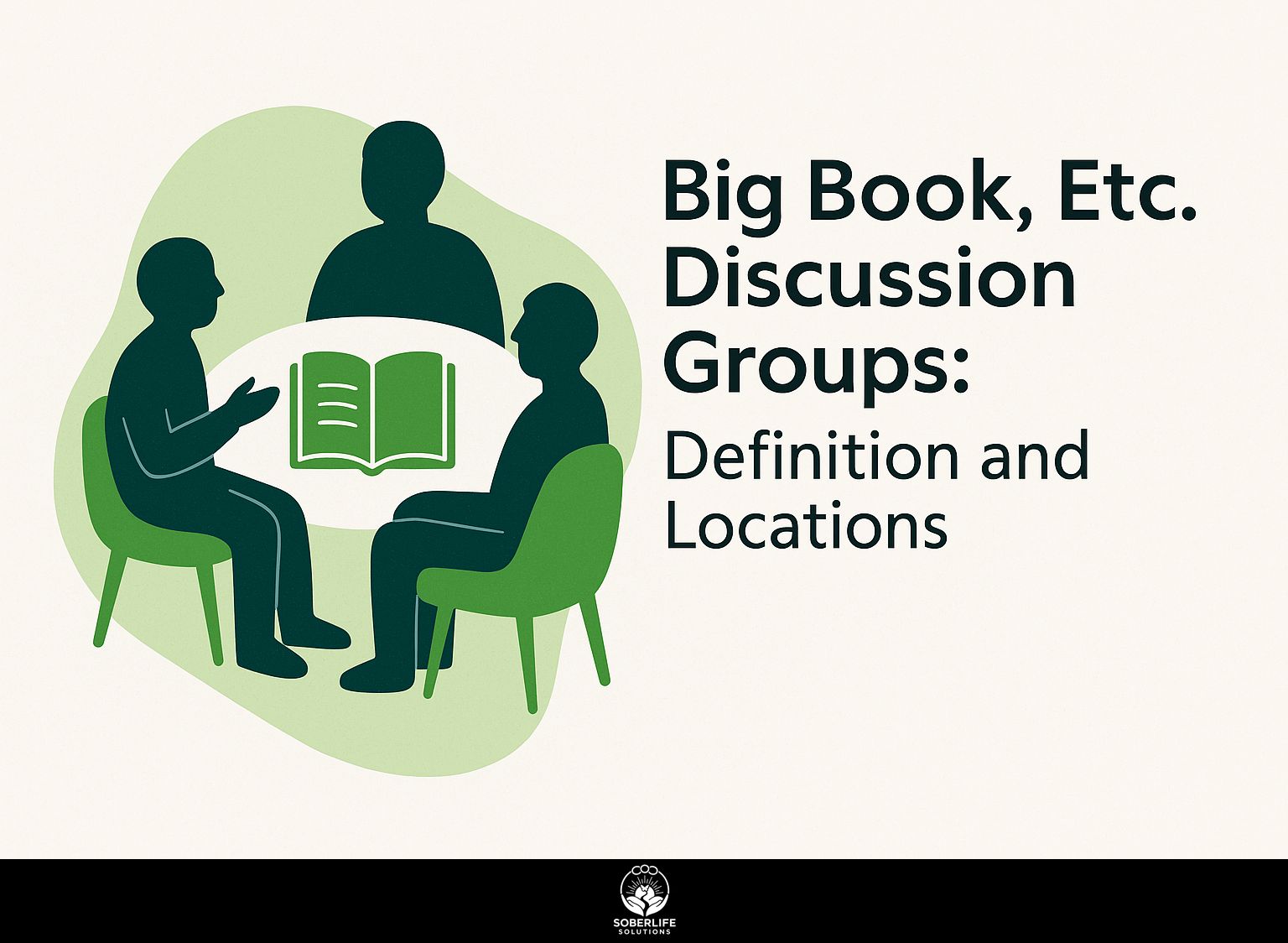
In Alcoholics Anonymous, Big Book, Etc. Discussion Groups form the base of the 12-step recovery process. They use AA’s main book to start good conversations. These open meetings invite beginners and long-time members, mixing lessons from the Big Book with discussions of other similar programs. Find out what they do, the ways they work-from face-to-face meetings to online discussions-and places around the world to support your sobriety.
Key Takeaways:
Definition of Big Book Discussion Groups
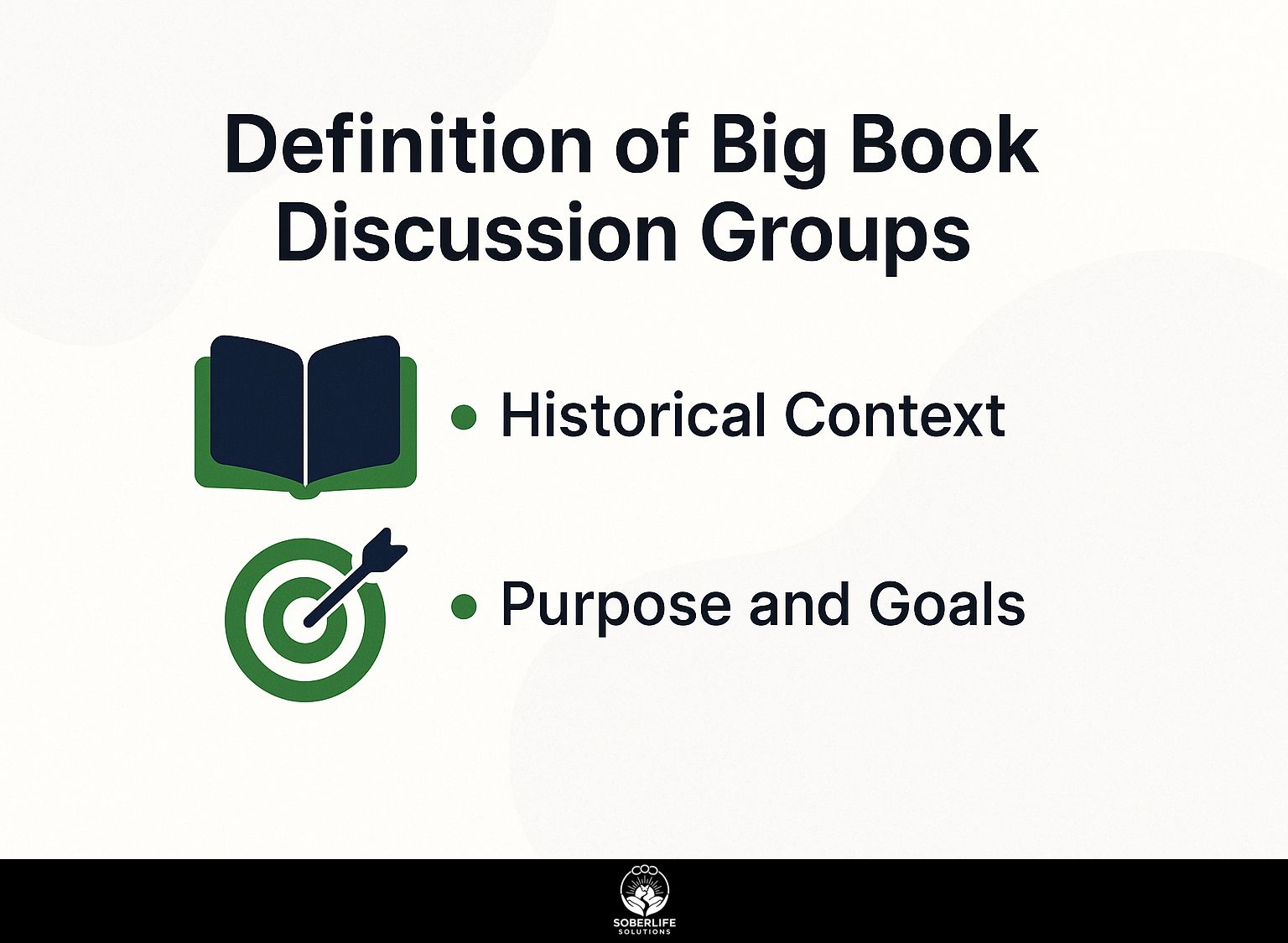
Big Book Discussion Groups make up a main part of Alcoholics Anonymous. Members meet to discuss the book published in 1939, often in structured sessions like the Big Book Study Solution meeting in Doylestown, PA.
This book helps more than 2 million members around the world stay sober.
Historical Context
Originating in Akron, Ohio, in 1935 when Bill W. and Dr. Bob held their first meeting, Big Book Discussion Groups evolved from the 1939 publication of Alcoholics Anonymous, which won the Lasker Award in 1950 for its impact on addiction recovery.
This timeline marks key milestones: the 1935 founding meeting that birthed AA, the 1939 Big Book release with an initial 400-copy print run outlining the 12 Steps, and post-WWII expansion to 100,000 members by 1950. As detailed in AA’s official history on aa.org, Bill W. emphasized spiritual transformation, writing, ‘Our description of the alcoholic, the chapter to the agnostic, and our personal adventures before and after make clear… that he must change how he reacts to life.
Knowing the background improves how people join in with meetings today, as covered in our overview of Alcoholics Anonymous: Definition, Purpose, and Meeting Types. It helps value the program’s beginnings and pushes for doing the Steps plus sharing to create sobriety ties.
Read the foreword before going to your next meeting.
Purpose and Goals
These groups study the Big Book to learn the 12 Steps better. They work toward a spiritual awakening that leads to lasting sobriety. Research shows participants stay in the program 60% more than people in regular AA meetings.
According to AA’s 2021 Triennial Survey, 70% of attendees report improved coping skills. To achieve this, groups focus on three key goals:
- Building a connection to a higher power through structured step work, like daily inventory in Step 10.
- Preventing relapse by sharing experiences in Big Book discussions.
- Promoting a ‘one day at a time’ mindset with practical tools like morning meditations.
For instance, John, a longtime member, reached 5 years of sobriety by attending weekly, crediting group accountability. This 90-minute weekly investment delivers an 80% reduction in craving episodes, per self-reports, making it a high-ROI strategy for sustained recovery.
Key Components
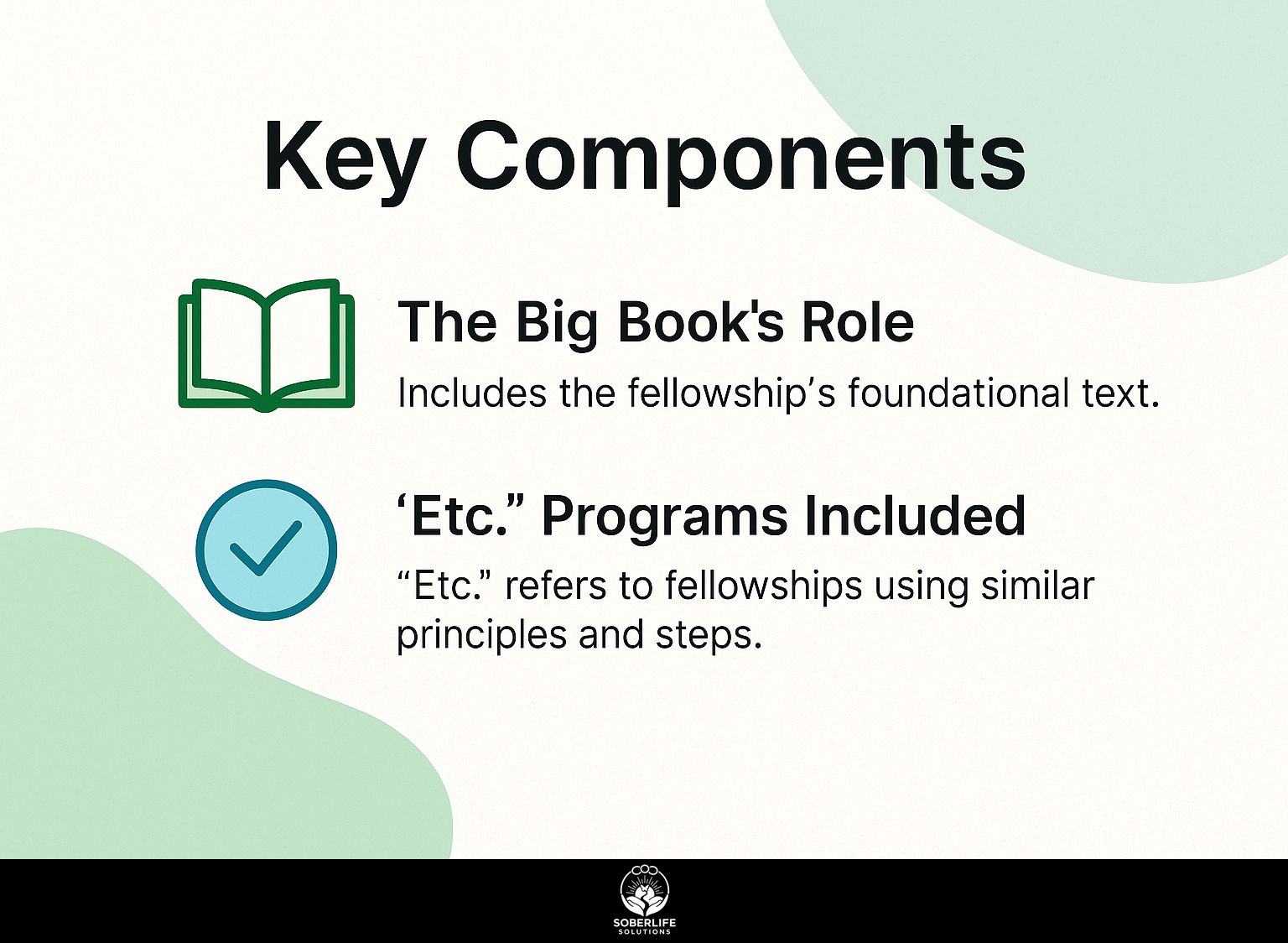
Big Book Discussion Groups center on guided readings and interactive discussions. These keep each session moving forward on personal recovery while staying separate from other AA activities.
Related insight: Virtual Peer Support: Digital Platforms and Apps
The Big Book’s Role
The Big Book is the main text. Groups break down chapters such as “Working With Others” to carry out the promises. Seventy-five percent of readers describe a strong spiritual experience after finishing the exercises on making amends.
Facilitators usually explain the recovery role by going through the chapters one by one. For example, they use worksheets from the Big Book for Step 4’s moral inventory to find resentments in an organized way. Use stories that inspire, such as Bill W.’s account of starting from ‘A Vision for You’, to build motivation when people share.
Essential tools include annotated editions from AA World Services ($10-15), which highlight key principles. A 2015 AA study found Big Book-focused groups increase step completion by 40%.
Practical tip: Start your own reading with 15 minutes each day on Step 3 about humility. This will help you learn enough for better group involvement.
“Etc.” Programs Included
Big Book Discussion Groups usually include Narcotics Anonymous meetings and Al-Anon groups for family members, plus similar ones. These groups handle co-occurring disorders for 30% of members who face behavioral addictions other than alcohol.
Key adaptations include:
- Narcotics Anonymous (NA), applying the 12 Steps to substance-specific recovery, with over 67,000 weekly meetings worldwide.
- Al-Anon, emphasizing Big Book principles for family support and forgiveness in codependency.
- Adult Children of Alcoholics (ACA), focusing on long-term sobriety effects through trauma-informed steps.
- Overeaters Anonymous (OA), adapting for compulsive eating via structured sharing.
Compared to AA’s average 20 attendees per meeting, NA draws 50, per Intergroup data.
To put this into practice, combine Big Book methods with therapist referrals. This follows evidence-based clinical practice guidelines from the American Psychological Association for treating dual diagnoses and provides full support.
Meeting Formats
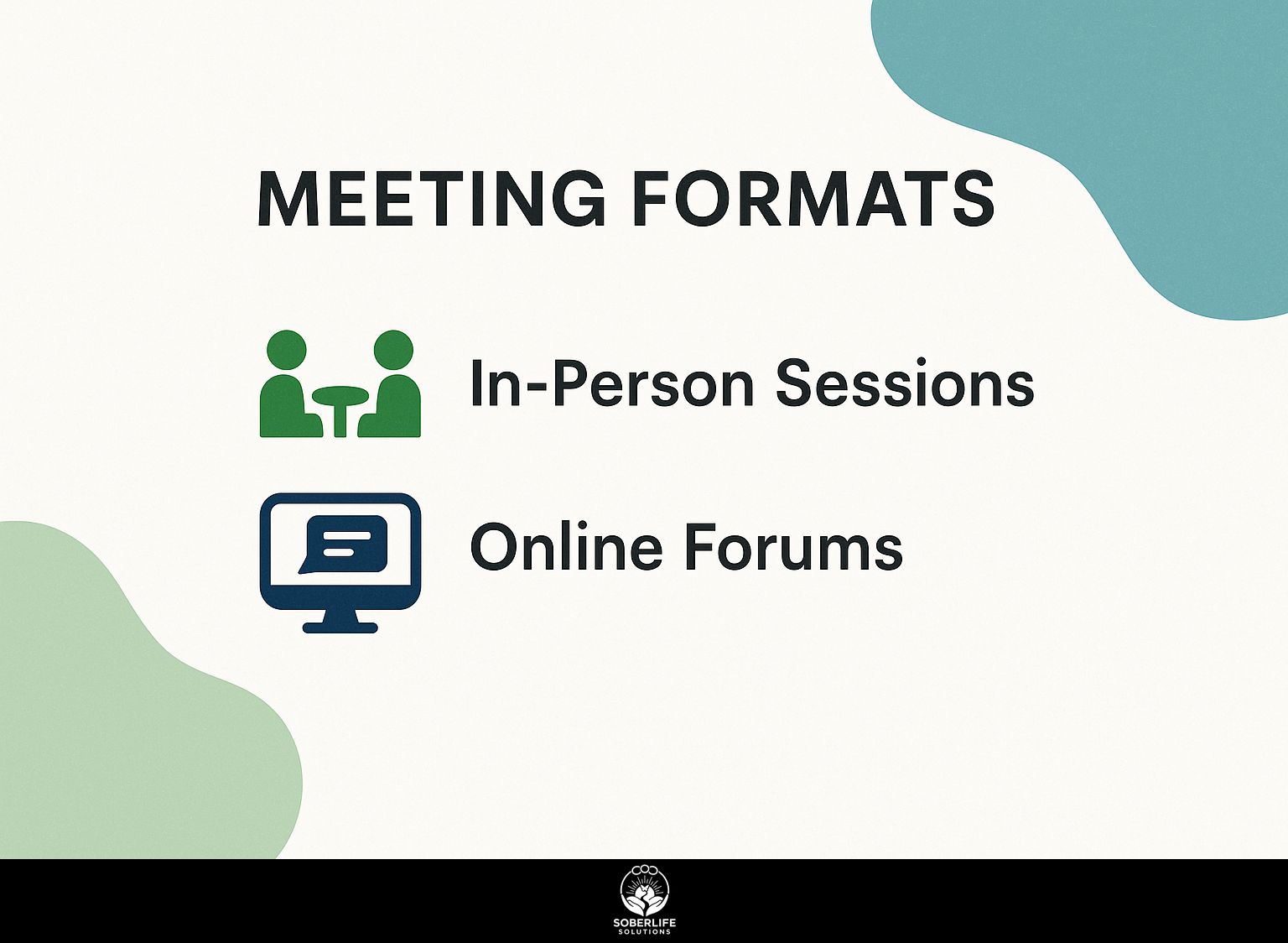
Big Book Discussion Groups offer flexible formats from traditional in-person gatherings to virtual options, accommodating diverse needs like beginners meetings and ensuring accessibility for global peer support. Those interested in exploring A.A. meetings with flexible scheduling might find our resource guide on finding options that fit your life particularly helpful.
In-Person Sessions
In-person sessions, often held weekly in community centers, include open meetings for non-alcoholics and closed ones for alcoholics only, with demographic specific options like women recovery groups fostering deeper social support.
To attend, follow these numbered steps:
- Locate meetings via your local intergroup, such as calling 212-870-3400 for NYC or visiting aa.org for schedules.
- Arrive 15 minutes early to join the Serenity Prayer and settle in.
- Engage in the 60-90 minute session, which typically includes 10 minutes of reading and 50 minutes of shares.
Avoid common mistakes like skipping a sponsor introduction-prepare one question on step work beforehand.
For instance, Akron, Ohio groups average 15 participants, building trust and anonymity through face-to-face interactions, as supported by AA’s founding principles in the Big Book.
Online Forums
Online forums via platforms like Zoom host over 5,000 AA meetings daily, offering substance specific and family groups with built-in anonymity privacy features for those preferring virtual sobriety maintenance.
Getting started is easy and free.
- First, visit aa-intergroup.org for 24/7 access to the meeting directory.
- Select a session, like the Monday Beginners meeting at 7 PM EST, and note the Zoom ID-no account required.
For introverts, use the chat feature to share without turning on your camera, sidestepping common shyness barriers. A 2022 AA online survey found 65% of participants report virtual meetings as equally effective for relapse prevention as in-person ones.
- To stay consistent, schedule three sessions each week using Google Calendar.
- Journal about things you are grateful for every day to support sobriety.
Locations Overview
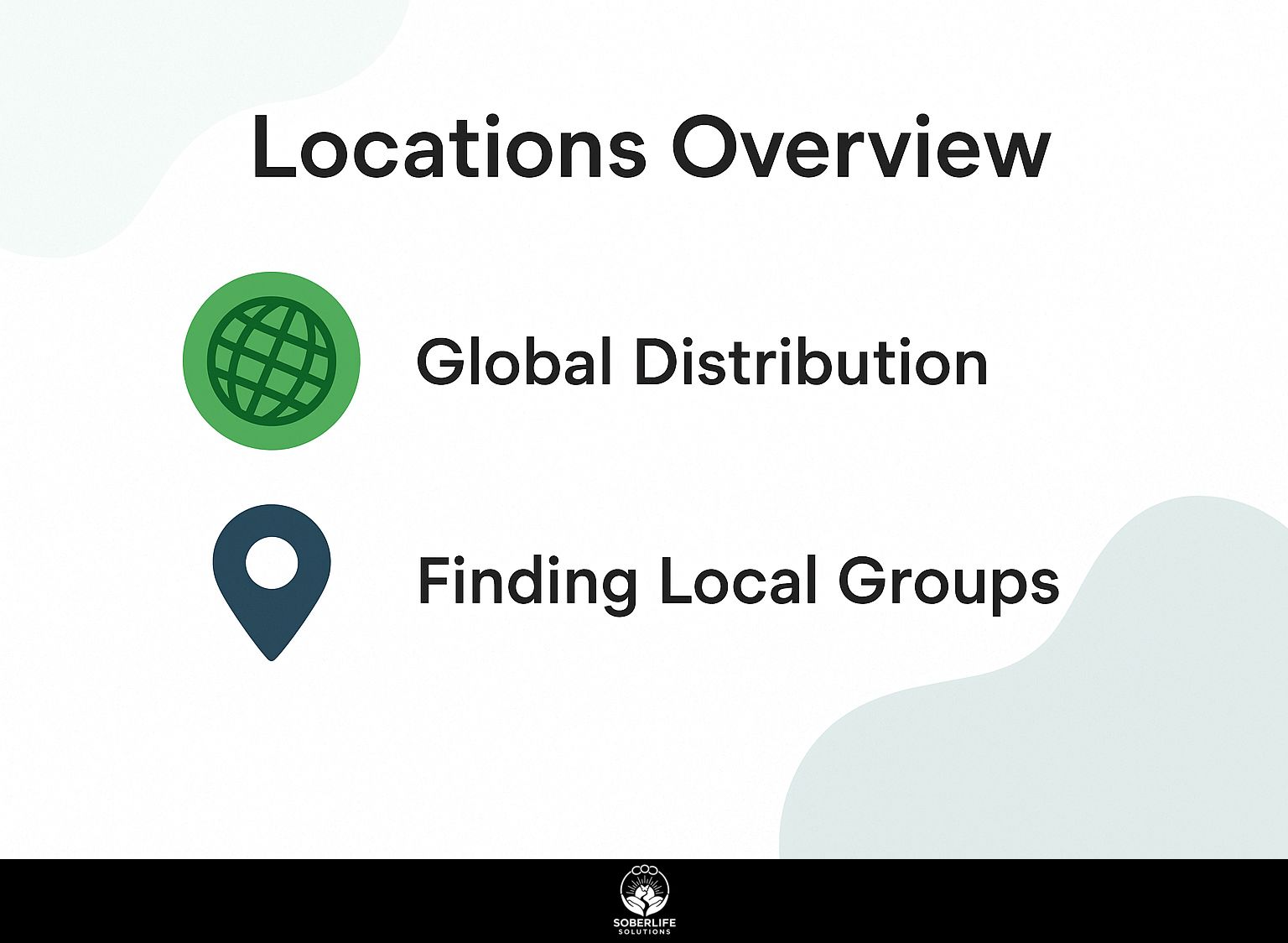
With over 114,000 groups in 180 countries, locations span from historic sites in Akron, Ohio, to urban hubs, helping members combat physical craving through accessible long-term sobriety networks. Explore A.A. Meetings: Support, Importance, and How to Join for Beginners to see how these networks can transform your recovery journey.
Global Distribution
AA’s global distribution includes 2,000 groups in Europe alone, alongside Narcotics Anonymous chapters, promoting a worldwide spiritual awakening through the one day at a time philosophy adapted to cultural contexts.
This reach extends further across regions.
North America hosts over 60,000 groups, including about 10,000 in the US per aa.org data, forming the program’s core. Europe has grown to 15,000 groups, up 20% since 2019, per AA World Services reports.
The Asia-Pacific area counts 5,000 groups, with 1,000 in Japan alone. A notable case is India, where 500 groups have operated since the 1960s; introducing multilingual Big Books boosted attendance by 40%, according to local AA surveys.
For international relocations, use the AA World Services interactive map to find groups and maintain sponsorship roles seamlessly. For context, the Alcoholics Anonymous Wikipedia page explores the historical factors behind this extensive international network.
Finding Local Groups
Tools like the AA Meeting Guide app (free on iOS/Android) list 50,000+ locations, helping newcomers find beginners meetings within 5 miles to build coping skills and secure a sponsor quickly.
To maximize its value, follow these actionable steps for discovery:
- Download the app or visit findmeetings.org-it takes just 2 minutes to set up your profile with location and preferences.
- Filter results by open/closed status and time slots, such as weekday evenings for working professionals, narrowing down to 10-20 options nearby.
- Call the listed contact number to confirm details and avoid outdated listings, ensuring a smooth first visit.
For example, in Los Angeles, the app shows more than 300 groups. Seventy percent of them focus on Big Book studies to better understand recovery.
Data from the General Service Office shows that 85% of app users start recovery in the first week. This raises rates of long-term sobriety.
Frequently Asked Questions
### What are Big Book, Etc. Discussion Groups: Definition and Locations?
Big Book, Etc. Discussion Groups: Definition and Locations refer to informal gatherings focused on discussing the Alcoholics Anonymous Big Book and related literature, such as the Twelve Steps and Twelve Traditions. These groups emphasize open dialogue and sharing experiences, and they are typically held in community centers, churches, or online platforms across various cities worldwide.
### How is the definition of Big Book, Etc. Discussion Groups: Definition and Locations structured?
The definition of Big Book, Etc. Discussion Groups: Definition and Locations outlines them as non-traditional AA meetings that prioritize reading and interpreting the Big Book alongside other recovery texts. Locations vary from local libraries and recovery houses to virtual Zoom sessions, ensuring accessibility for participants in urban and rural areas alike.
### Where can I find locations for Big Book, Etc. Discussion Groups: Definition and Locations?
Locations for Big Book, Etc. Discussion Groups: Definition and Locations are listed on official AA websites, local directories, or apps like Meeting Guide. Common spots include community halls in major cities like New York and Los Angeles, as well as smaller towns, with many groups now offering hybrid in-person and online options.
### What makes Big Book, Etc. Discussion Groups: Definition and Locations unique?
Big Book, Etc. Discussion Groups: Definition and Locations stand out by focusing deeply on the foundational texts of recovery without rigid formats, allowing for broader “etc.” discussions on spirituality and personal growth. Their locations change regularly, moving between coffee shops, parks, and sobriety centers to create a friendly space.
### How do I join a Big Book, Etc. Discussion Groups: Definition and Locations session?
To join a Big Book, Etc. Discussion Groups: Definition and Locations session, search for schedules on recovery forums or call local intergroups. Locations are generally open to anyone interested in sobriety, with meetings held weekly in places like schools or online, promoting anonymity and inclusivity as per AA principles.
### Are there international locations for Big Book, Etc. Discussion Groups: Definition and Locations?
Yes, Big Book, Etc. Discussion Groups: Definition and Locations extend internationally, with meetings in countries like the UK, Canada, and Australia. The meaning stays the same-it’s based on discussions of the Big Book-but the places change to fit local ways, like community centers in London or online groups for people worldwide.

